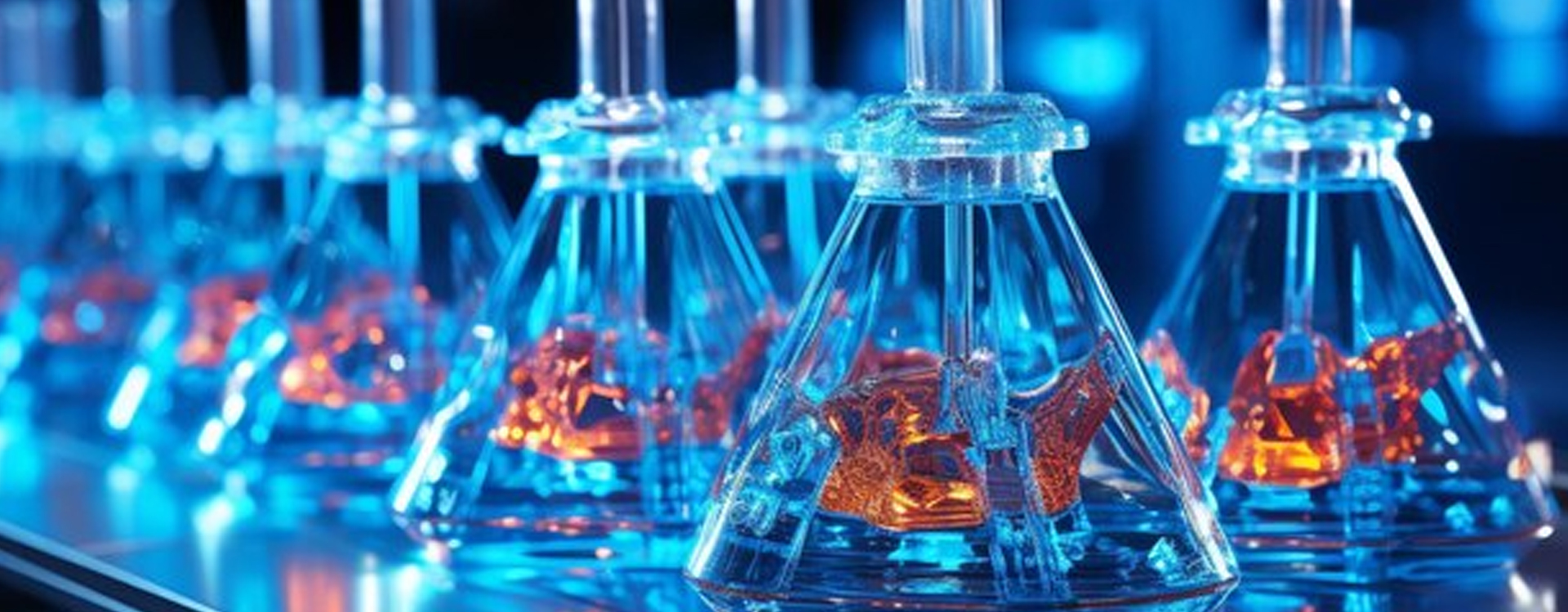Seminar Details
Valorization of sweet orange (Citrus sinensis) peels into wealth technology by using the non-thermal process considered to be noteworthy. This study investigates the development of process protocol for valorization of sweet orange peel powder and its utilization in functional bar. The plasma activated water (PAW) treatment was optimized at 13 kV and 62 min for sweet orange peel to retain maximum polyphenols, flavonoids and lower anti-nutrients. The debittering of plasma-activated water treated sweet orange peel waste through the use of various food-grade debittering agents (salt, alkali, and solvent). Optimization of all treatment conditions was accomplished using a full factorial design. Treatment at a ratio of 1:10 (sample: salt) was determined to be the most optimized condition, taking into account all parameters (total phenols, total flavonoids, total terpenoid content, naringin, limonin, hesperidin, anti-nutrients and antioxidant activities) including sensory evaluation. The different drying methods (Freeze, tray and microwave) were used for drying the PAW treated debittered sweet orange peel. The drying kinetics and modelling were carried out and logarithmic model found good fit (R2= 0.9661, &chi² = 4.681×10⁻⁶⁷, RSS = 4.811×10⁻⁴²). The effect of drying on phenolic compounds (TPC, TFC) antioxidant activities (DPPH, FRAP), functional properties (water absorption capacity (WAC), Oil absorption capacity (OAC), Swelling capacity (SC), Solubility index (SI)), structural (FT-IR, XRD) morphological (SEM), and physical properties (Bulk and Tapped density, Hausner ratio, Carr index) in PDSOPP were carried out. Further, plasma activated water treated debittered sweet orange peel powder (PDSOPP) were used for the functional bar development. The 5%, 10%, 15%, and 20% PDSOPP were used in the incorporation of functional bar. The sensory fuzzy logic study showed 15% PDSOPP replacement were highest ranking in terms of texture, taste, colour and overall acceptability. The prepared functional bar content total phenol content (112.02 mg GAE/100g), total flavonoid content (162 mg QE/100g), DPPH (33%), FRAP (96 µg AA/g), protein (15.2 mg/100g), carbohydrate (48.13 g/100g), fat (18.4 g/100g), dietary fiber (12.8 g/100g), calcium (2016 µg/g), zinc (44.12 µg/g) and iron (61.62 µg/g). These findings highlight innovative and practical approaches to managing and recycling citrus fruit waste within a biocircular economy.


